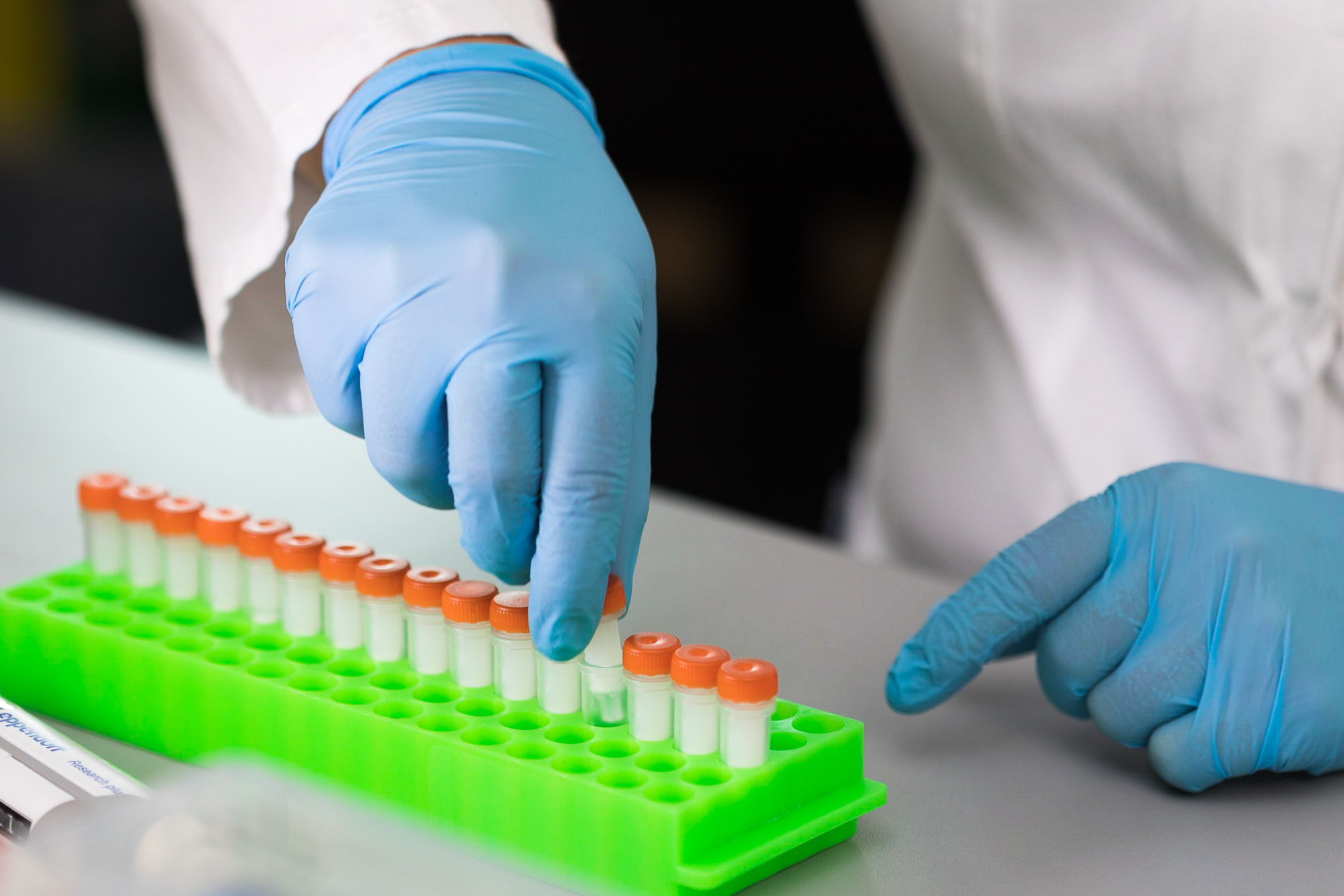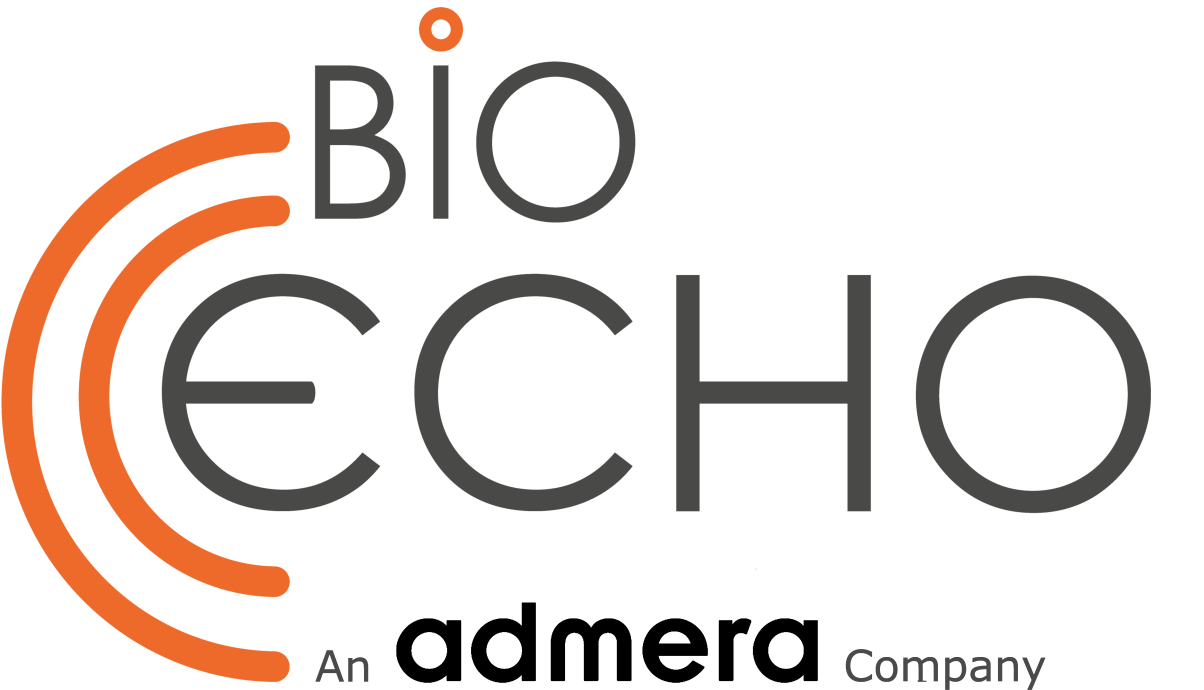Nucleic Acids: A Guide to Spin Column Purification
RNA, DNA

The extraction of nucleic acids is one of the most crucial methods in
molecular biology, forming the starting point for many downstream
processes. However, in the past, nucleic acid extraction was laborious
and complicated. That is until the introduction of spin column
purification kits.
Spin-column purification is a convenient and rapid method for rapidly
yielding high-quality nucleic acid samples. However, the significance
of selecting the right kit for your application cannot be overstated.
From understanding how they work to finding the appropriate framework to fulfill your application, this blog will take you through all you need to know about spin column purification.
What is spin column purification?
Silica-based purification is a solid-phase nucleic acid extraction method – meaning nucleic acids bind to the solid phase of silica under the right conditions. Fundamentally, spin column purification with conventional kits can be condensed into 4 steps:
1. Lysis – of target cells to release nucleic acids. Cell membranes may be broken by the use of detergents, enzymes (e.g. proteinases), heat, or mechanical disruption (e.g., bead beating).
2. Binding – of nucleic acids to the silica membrane. A buffer
solution containing either ethanol or isopropanol is added and the
resulting solution added to a spin column. By applying a vacuum of
centrifugal force, the solution is pulled through the column where
nucleic acids will bind to the silica membrane, as the rest of the
solution passes through and can be discarded.
3. Washing – away of unbound particulates and inhibitors. A buffer
is passed through the spin column, using a vacuum or centrifuge, to
maintain binding conditions but remove binding salts and any other
remaining contaminants.
4. Elution – of the nucleic acid into a collection vessel. An
aqueous solution, such as water, is added to the spin column. During
centrifugation or vacuum application, the hydrophilic, bound nucleic
acids return to solution, and are collected.
Recent advances in spin column purification have reduced the number of steps needed to successfully extract high-quality nucleic acid samples. For instance, EchoLUTION technology from BioEcho flipped spin column purification on its head. Rather than using silica to bind DNA, EchoLUTION columns instead bind all impurities and cellular debris, allowing nucleic acids to freely pass through the matrix. In turn, BioEcho nucleic acid purification requires only the lysis step and one centrifugation step. Protocols are up to 3x faster than common silica-based methods while still delivering high yield, contaminant and inhibitor-free DNA.
Find out more about EchoLUTION technology.
What should I consider when choosing a spin column purification kit?
Although nucleic acid extraction is often possible with stock
reagents and basic lab equipment, commercial spin column kits can make
life easier – as well as help increase the consistency and quality of
your extractions. When choosing a suitable spin column kit for nucleic
acid extraction, it is essential to ensure the quality and quantity of
isolated DNA is enough to carry out your downstream applications.
The sample type, nucleic acid type, and sample volume will all
affect the quality and quantity of isolated DNA and should factor into
your choice of spin column purification kit. Additionally, considering
the time, cost, potential toxicity, and laboratory expertise and
requirements will help inform your choice to ensure you get the most out
of your extractions.
(a) Sample type
Your sample type will make a big difference to your nucleic acid
extraction. From cell lysis through to purification, commercial kits can
include all the reagents needed to produce your sample. These reagents
can be optimized depending on your sample type.
For example, the lysis step is particularly challenging when extracting
nucleic acids from plant tissues due to the presence of a rigid cell
wall around the plant cells. While most approaches require a
labor-intensive mechanical grinding step, enzymatic digestion can help
streamline plant cell lysis.
Learn how to optimize DNA extraction from plant tissue here.
(b) Nucleic acid type
Are you extracting environmental DNA, PCR products, whole genomes,
chromosomes, or plasmids? Or are you trying to generate mRNA samples, or
extract RNA genomes from viruses? Because different nucleic acid types
have different physiochemical properties, one kit won’t be optimal for
all types.
So how do you choose?
Conveniently, most suppliers have done the hard work for you and kits are indicated for different applications. Some kits can even be used to yield both DNA and RNA – like the EchoLUTION Viral RNA/DNA Swab Kit Plus, designed for single-step purification in in vitro diagnostics workflows.
(c) Application
Ultimately, you’re extracting DNA for a reason! And, while some
applications require highly-pure, low-contaminant, and high yield
nucleic acid samples, other applications might work perfectly well with a
crude extraction. For instance, filter paper tips have been shown to
offer a useful binding material for crude extractions of nucleic acids.
However, most molecular biology applications demand high-quality
samples and generally, this means extra steps to remove impurities. Many
of these are residual contaminants used to precipitate nucleic acids in
traditional spin column purifications (such as ethanol).
In contrast, the EchoLUTION workflow completely eliminates the need for chaotrophic reagents and organic solvents that can interfere with sensitive downstream applications such as NGS and qPCR. Consequently, EchoLUTION samples are highly pure and offer superior downstream performance compared to traditional wash-bind-elute silica column kits. Moreover, the reduced number of steps, particularly washing steps, translate to consistently high yields.
(d) Sample volume
Established spin column kits are limited to a certain volume in two
ways: (1) the loading capacity and (2) the maximum binding capacity of
the column itself. While increasing the number of centrifuge spins is a
simple solution to increase the sample volume, adding protocol steps
adds time, labor, and increase potential for contamination.
Many suppliers offer different size formats (e.g., mini, midi, and maxi)
to satisfy a range of binding capacities. However, the larger-scale
kits are generally associated with an increase in cost.
As EchoLUTION kits do not rely on binding DNA, they are not limited by the maximum binding capacity of the column itself. Moreover, BioEcho is designing its kits for flexibility. The EchoLUTION Blood DNA HiYield Kit, for instance, can yield up to 20 µg highly concentrated DNA (200 ng/µl) while offering maximal flexibility with 200 µL to 1 mL of blood as input.
(e) Centrifuge type
Purification kits come in many formats: from spin-columns to 96-well
or 384-well microtiter plates. Now, imagine getting your carefully
selected kit and realizing you don’t have the right centrifuge type
and/or adapter to run your nucleic acid extractions.
To avoid this frustration and ensure you can get your experiment
underway quickly, it’s important to check you have the right equipment
first. The centrifuge used can also make a difference to the outcome of
your experiment. While spin column purification usually requires a
microcentrifuge, limiting the number of samples that can be processed at
any one time. To overcome this, BioEcho offers a Spin Column Adapter
compatible with all EchoLUTION kits. The adapter can be used within a
plate centrifuge with a swing out rotor which simultaneously increases
sample throughput and ensures that the column matrix remains flat such
that purification efficiency is not compromised (Fig. 1).
Fig 1. Fixed angle vs. swing-out rotors. Fixed angle rotors yield a pellet deposited at an angle whereas swing out rotors pellet sediments with a flat surface. Swing-out rotors are preferred for plate centrifugation as it makes it easier to remove the supernatant without disturbing the pellet.
(f) Throughput
If you’re processing a small number of samples, then an involved protocol may not be too time-consuming. However, molecular biology research is increasingly demanding more data and consequently, more sample throughput.
As sample number increases, spin column purifications can quickly get time consuming when relying on the classic ‘wash-bind-elute’ methodology. Thus, technologies like EchoLUTION from BioEcho that reduces nucleic acid extraction to a single step can save you an enormous amount of time and labor.
When working with a large number of samples, it is worth considering automation. Automating nucleic acid extractions can not only boost throughput and increase precision but also reduce hands-on time and improve the quality of extracted nucleic acids.
Find out more about automating nucleic acid extractions.
Selection made easy
Choosing the right nucleic extraction kit is based on various factors, from sample type and nucleic acid type to sample volume and throughput. But, selecting the right kit doesn’t need to be complicated. Clear labelling based on sample type means choosing the most suitable kit for your application is straightforward - giving you more time to focus on your lab work.
Explore the range of nucleic acid extraction kits from BioEcho
At BioEcho, we’re pioneers of nucleic acid extraction technology. Learn more about our innovative extraction methods. Looking for a customized extraction service? Contact us for more information


